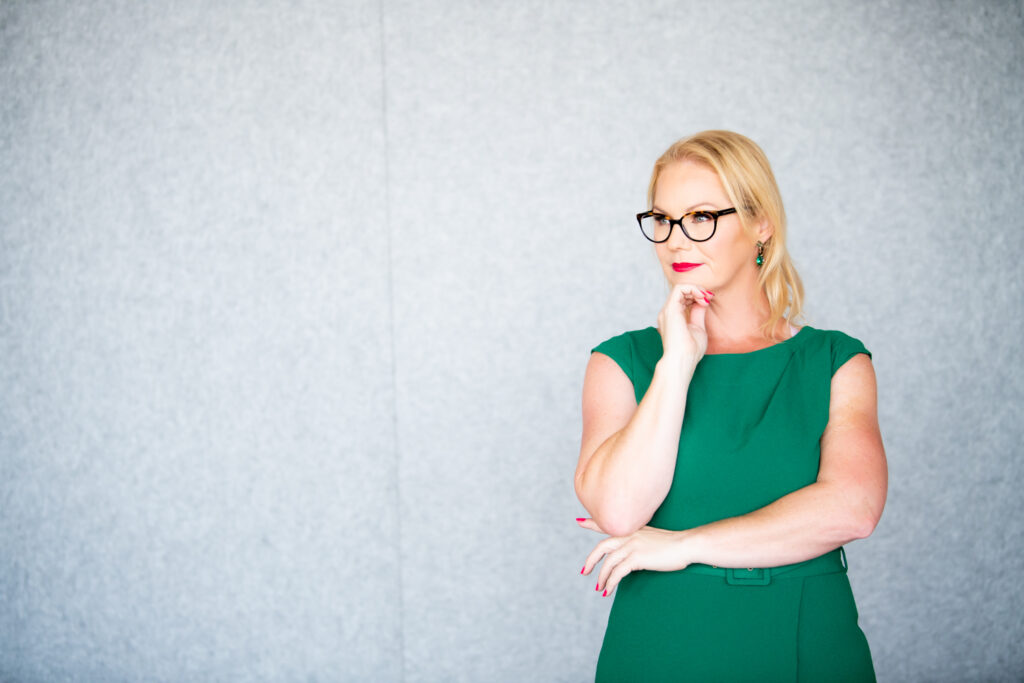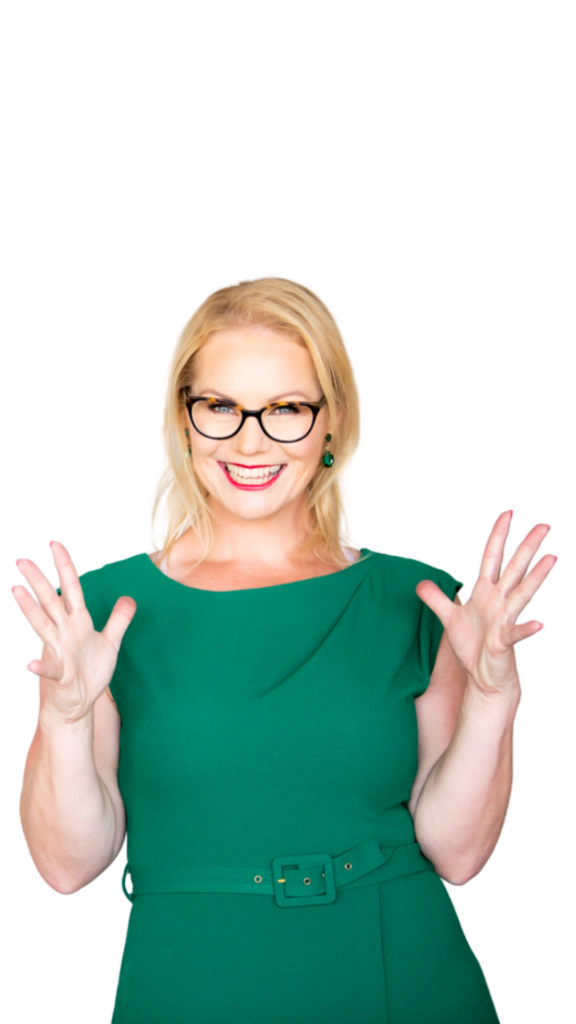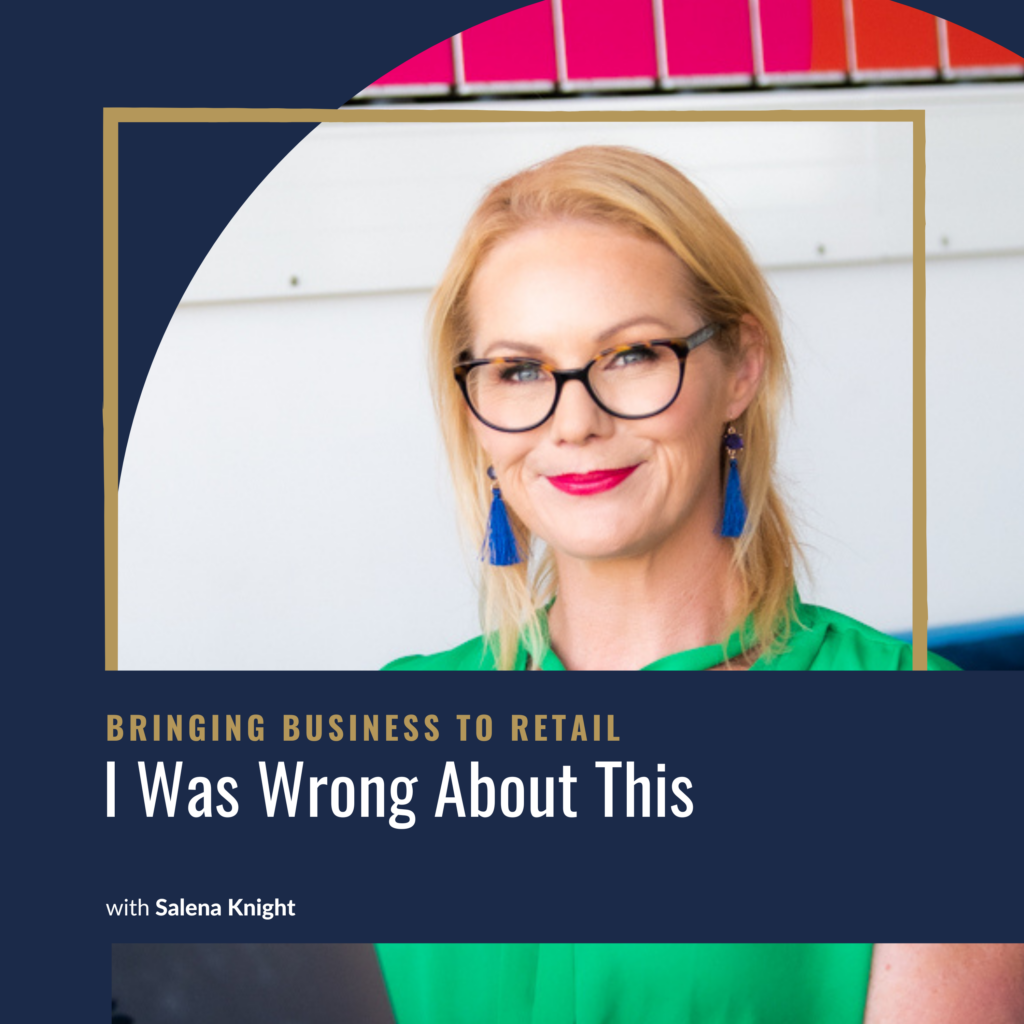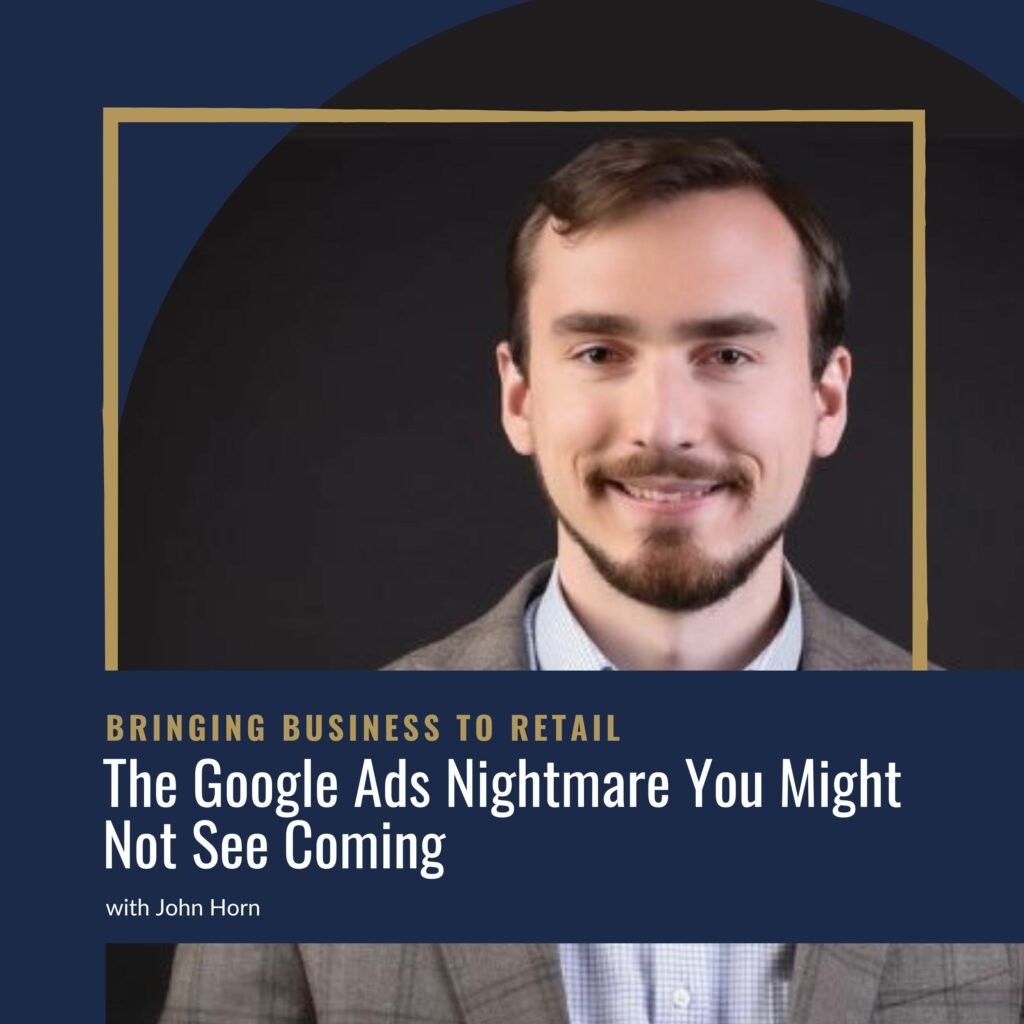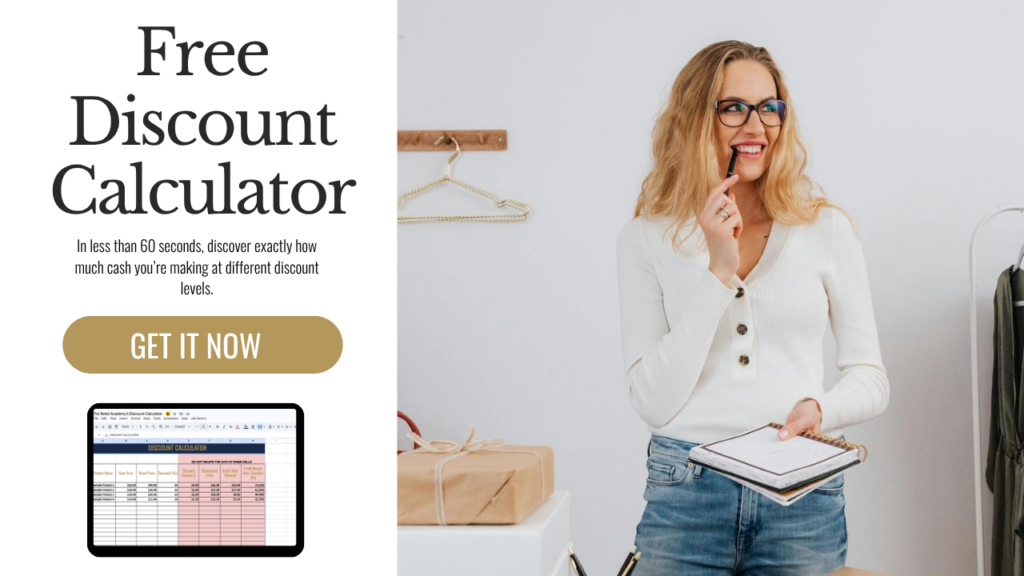
SHOW NOTES
Do you know the four things you need to do to triple the value of your business?
Sure, you might not be thinking about selling it today… but what about down the track, when seasons change, priorities move, and you’re ready to dream a new dream?
Don’t let your hard work crumble into a house of cards. These four steps are free, simple, and can set your business up for a potential future sale for a price that’s not just satisfying… it’s sexy.
Dive into this week’s episode to discover the 4 things you need to triple the value of your business.
LISTEN NOW on The Bringing Business To Retail Podcast
Salena Knight 0:00
Hey, there. Do you love listening to what other people are doing in their business? I know that I do. I listen to a lot of podcasts, and when I hear another business owner asking questions that I either wish that I knew the answer to or didn't even know that I didn't know, then I am on full alert trying to grab everything I can out of it. And quite often, these are the episodes that I save in my apple podcast to come back to again and again and again. I love these episodes because they're real life. It's not theory. It's real problems and real solutions. And the truth is, no business owner ever starts out with all the right pieces in place. They just hit the ground running, figuring out things as they go, until one day they realize that something's not quite working, and so inevitably, at some point, you end up needing to go back to the basics to strengthen the core of your business so that it can scale, so that can thrive, so it can generate consistent profit without you having to be the thing that holds it all together. Maybe going back to basics is not the right word. It's not starting over. It's about leveling up. And what I've learned over the years, both personally and scaling hundreds of other businesses, is that, well, there's a saying, new level, new devil. And so as you start to grow, you're hit with a whole new set of obstacles to tackle questions you need answered and knowledge that you didn't even know, that you didn't know. And what separates struggling business owners from those who build lasting success? Well, it's not luck or talent. It's the structure behind the business. It's about leaving your ego at the door and being open to discover the things that you need to get to that next level of financial clarity, predictable sales, great customers, scalable systems. I opened up a new 12 week accelerator program last month to do exactly that, and I have to say, the questions that this group is bringing to our calls just make my heart sing. Everyone is open to understanding what it's going to take for them to get to their next level, and they're learning from each other as well as the experts. And so I asked this fabulous group of business owners if I could share some of their questions to help you. And of course, they said, Yes. So a little bit of a backstory. We were in the money pillar, looking at money leaks and money fountains. And through this process, Christine was able to literally reverse engineer when she had to move her stock on. And you know how passionate I am about making sure that your money is not tied up in inventory for longer than it needs to be. So let's jump in to listen to Christine's question and listen to my answer.
Christine 2:29
So in terms of like, evaluating your inventory every month, or, I don't know, even if it's every month like, well, one is, How often should you kind of be evaluating your inventory like, this hasn't been moving, or this has been moving. Like, what's a good timeline? And I think, like, this matters a lot to me, because with my fulfillment center, they charge me $10 per SKU per month, so literally, I am paying rent. Um, I remember in your in the in the video, you were like, imagine you're paying rent. It's like, oh my gosh, I am literally paying rent for that bin. But because of how my business works, I launch new products every month. So there is always the one, like, the products that are new, those are always the ones I get, you know, the attention. And then it's like, how long should something be sitting there? Like, how long of a chance do I give it to, like, prove itself before it's like, goodbye, you know, like, swap this out. You have trade time. So
you would with my day with your suppliers, like, 30 day payment terms. No, I pay when they ship. Are you manufacturing
Salena Knight 3:31
your own product? Uh huh, yeah, that's a lot harder. Um, yeah. So my answer is, generally speaking, however long you get trade terms for. So for you guys who are in from somebody else, if you have 30 days to pay your invoice, I want you to sell that product in 30 days. The stock turnover rate, we usually put it 1.3 so you would have 30 days and a third to allow for the fact that once you hit 30 days, you'll you'll reorder and you'll sell the third in the time that it takes. So that's a very simplified version. So I don't like to have more than about 40 days worth of stock on hand, and the 40 days, the 10 days, is just a buffer. Yeah. So the question is, when you create your own product, is you need to reduce that amount of time as quick as possible. And so how often do you get new product? Every month, every month. Do you want to still have product for them to buy, or do you only want them to be able to buy new product? I do
Christine 4:29
have some best sellers that just are in the shop all the time, okay, but like, right now, I'm at 93 SKUs, and let's say only 30% of those are, like, a grade, you know, the the ones I restock over and over, the rest, they're kind of like, I only have 20 pieces left, and I'm just, like, kind of waiting for them to go. But every now and then someone will like, well, this is
Salena Knight 4:52
just math. So, right? This is just math. So you have 20 things that you're being charged $10 a month
Christine 4:57
for. It's, yeah, it's crazy. $200
Salena Knight 5:01
stuff is costing you. Will it bring in, if you sold it all more than $200 for shit, right? Okay, this is just a reverse engineer. At what point does it stop making you money and start costing you money to have it there? That's true. Yeah, you're gonna take you have to take it out of profit. So reeling miles, so that's a $400 if you've got 50% margin, you have to sell that for $400 so when you liquidating it at whatever price that's going to be, it might not be full price is going to make you $400 or less. It is then costing you money. So I you need to never have that stock cost
Christine 5:38
me money. That's a good way to think about, yeah,
Salena Knight 5:41
the math way to think. It's the business way, yeah, I know. Like,
Unknown Speaker 5:46
think about it. It's the way to think.
Christine 5:50
So, almost like I'm calculating its shelf life by it's like, okay, anything beyond, yeah, like three months, like, $60 whatever. Okay, oh,
Salena Knight 6:00
and this is all of you like, Christine's giving you a really good example, because hers is so I guess, easy to quantify, but it's the same for all of you. Like, every I don't care if it is in your dining room, I don't care if it is in a shop where it is still space that it takes up, and there is literally a point where it stops making you money and it starts costing you. And so it's easy to overlook that, especially if you are like a home based business, or even if you have your own store and you're not in fulfillment, because you're like, Oh, well, the rent is the rent, and it's divided by all this space. But that's not the case at all. If you have a physical store, then even sections of the store are more valuable. So you will know that there are those points that things sell better, and that is where your best in your when you did your perfect product formula, if you've done it, those high value, high margin products they like, should be there, like bye bye bye bye. So that's a wrap. I'd love to hear what insight you've gotten from this episode and how you're going to put it into action. If you're a social kind of person, follow me at the Selena night and make sure to leave a comment and let me know. And if this episode made you think a little bit differently, or gave you some inspiration, or perhaps gave you the kick that you needed to take action, then please take a couple of minutes to leave me a review on your platform of choice, because the more reviews the show gets, the more independent retail and E commerce stores just like yours, that we can help to scale. And when that happens, it's a win for you, a win for your community and a win for your customers. I'll see you on the next episode. You
Share this episode
Watch The Video


